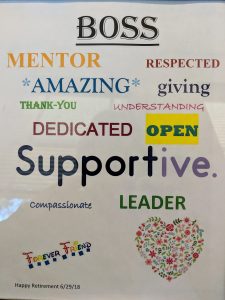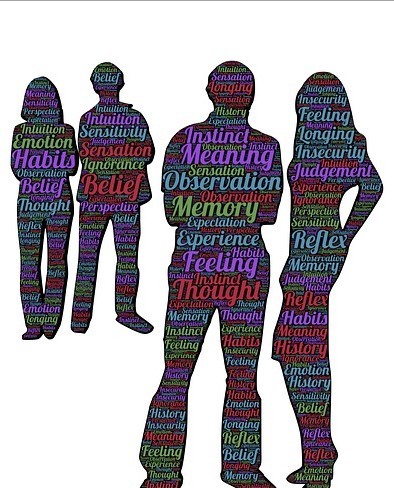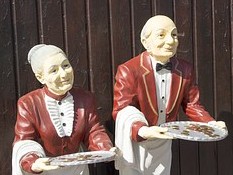I have mixed feelings about Giving Tuesday. It’s timely in reaching consumers and making it convenient for them to engage in the “spirit of giving” at the beginning of the holiday spending season. It also adds to consumer frustration with increased solicitations through direct mail, special events, and online requests (e.g., GoFundMe campaigns, Facebook birthday requests, etc.).
I know fundraising professionals who aren’t excited about Giving Tuesday, yet feel compelled to participate for fear of missing out.
Beyond the Tuesday after Thanksgiving as a designated day for giving, every day presents an opportunity to recognize the value of all who give their money, time, and talent.
Why donors give …
“No one is useless in this world who lightens the burdens of another.” Charles Dickens
“We make a living by what we get, but we make a life by what we give.” Winston Churchill
“Life is a gift, and it offers us the privilege, opportunity and responsibility to give something back by becoming more.” Anthony Robbins
“A little consideration, a little thought for others, makes all the difference.” Winnie-the-Pooh
What makes donors special …
“Donors want to make a difference in the world.” Simone Joyaux, nonprofit consultant & author
“A donor is a special type of person … who is willing to share their usually hard-earned resources to help others in need or to support a cause that is near to their heart … to improve the quality of life for others.” Michael Wilson, Lehigh Valley Community Foundation
“How wonderful it is that nobody need wait a single moment before starting to improve the world.” Anne Frank
For all these reasons:
“Each donor, large and small, should be treated as a precious jewel.” Lona Farr, ACFRE
[Special thanks to Lona Farr, Robin Flemming, Debra Khateeb, Bernie Story, and Sarah Yunusov for contributing these quotes.]









